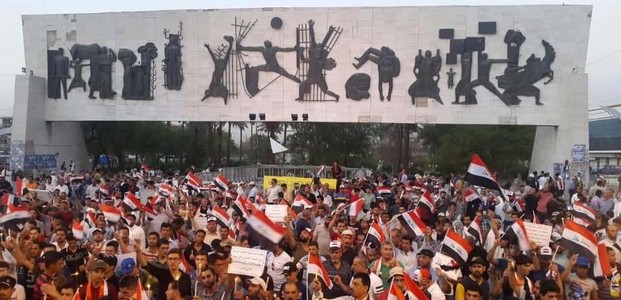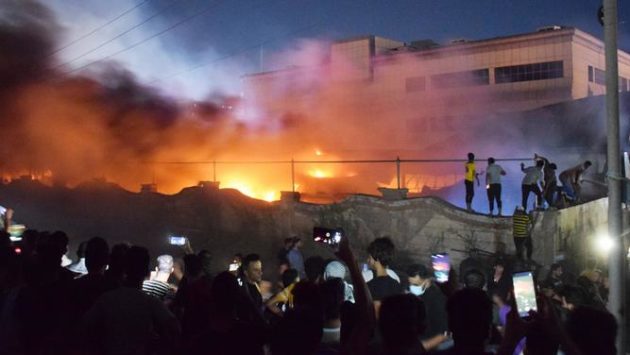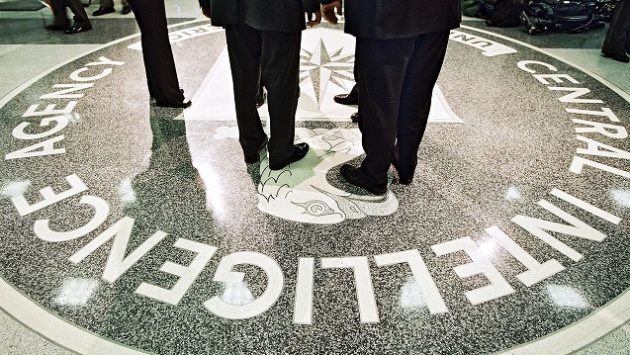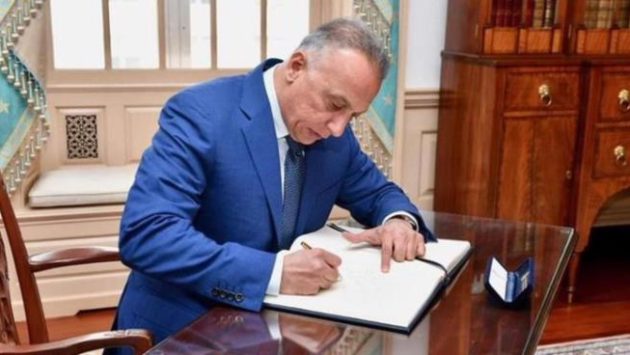Neighbourhood Tactics: Smaller Protests in Baghdad Get Bigger Results

Ibrahim Saleh, NIQASH
In Iraq, the temperature this summer has often risen to higher than 50 degrees Centigrade. Meanwhile electricity – which runs air conditioning units and refrigerators – is being cut more frequently, water pumping services are interrupted and sewage overflows.
The situation has driven ordinary Iraqis out of their houses and onto the streets to protest. But it isn’t the big protests that are making a difference at the moment, but the small, more targeted ones.
The most recent example of this is provided by the people of the district of Husayniyah, north-east of Baghdad.
On the last Friday of July, Husayniyah locals organized a sit-in on the road that runs between Baghdad and the province of Diyala, which goes through their neighbourhood.
“None of the service related projects started by the authorities here have ever been completed,” explains Abu Saif al-Saedi, organizer of the Husayniyah demonstrations. “That is even though billions of dollars have been spent here over the past ten years.”
The protest appears to have had an impact. Senior officials met with the organizers of the Husayniyah sit-in and promised that things would improve. Whether that happens or not remains to be seen – it is hard to see how administrative, financial and corruption-related problems can be solved that quickly. Nonetheless the organizers felt they had been successful in that they attracted the attention of senior officials and extracted optimistic promises.
There have been similar smaller demonstrations about the ineptitude of state service providers in other Baghdad neighbourhoods too, including in Dora, Diyala Bridge, Shula and Kemah and apparently there are more planned.
It is almost as though residents have realized that the much larger protests are not going to help them get what they want, but that targeting specific officials with specific needs can get results.
“The results achieved by local demonstrations are much better than bigger protests,” confirms Mohammed al-Fahada, a local journalist. “They shed light on each neighbourhood’s problems and forces officials to come closer to a solution.”
Of course, as with many protests in Iraq, there are also political undercurrents to even the smallest demonstrations.
The protests in Husayniyah reflect ongoing problems between two major Shiite Muslim political groups, the Sadrist movement and the Dawa party. Most of the locals in Husayniyah support the Sadrists, who recently lost the post of Baghdad governor.
A protest like this puts pressure on the new governor, Atwan al-Atwani, a member of the Dawa party, explains local political analyst Saif al-Khazaei.
“But the Dawa party is well aware of the rules of this game and they met the challenge,” al-Khazaei continues. “They did not blame the former governor, a member of the Sadrists. And they decided to meet the protestors’ demands.”
Meanwhile the larger protests in Baghdad’s central Tahrir Square are also likely to continue. The local demonstrators don’t want to take the spotlight off those protests, they say, but they care more about having their demands met, having potholes in the roads filled and their lives made easier in the uncomfortable heat of the Iraqi summer.




